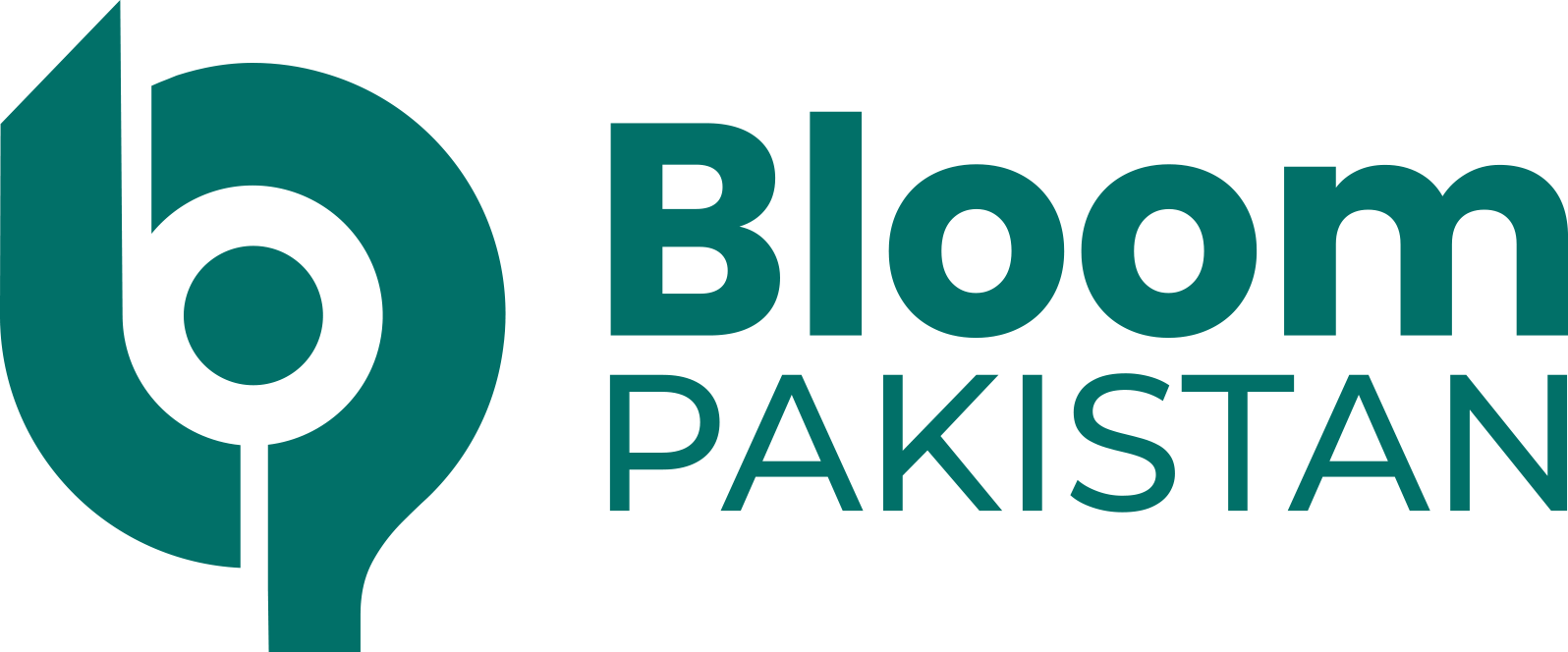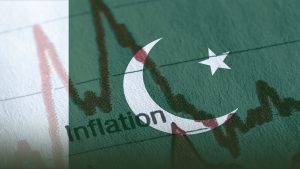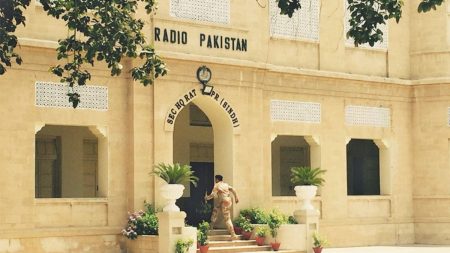Islamabad, April 11: Despite a substantial reduction in the benchmark interest rate, credit to the private sector dropped sharply in the third quarter of FY25, with businesses continuing to retire loans rather than seek new financing.
According to data released by the State Bank of Pakistan (SBP) on Thursday, advances to the private sector plunged by 52% in the January–March period.
This comes despite the SBP reducing its policy rate drastically—by 1,000 basis points—to 12% from an unprecedented 22% in effect since June 2024.
The SBP’s figures indicate that during the third quarter, the private sector repaid a net total of Rs712 billion in loans.
As of December 31, 2024—the end of the second quarter—total private sector borrowing had stood at Rs1.4 trillion, highlighting a significant contraction in credit utilization.
Banking sector insiders suggested that the apparent surge in credit off-take earlier in the year was misleading.
Read More: Private Sector Bank Loans Surge 352%
Banks, they noted, were compelled to disburse loans not out of business confidence but as a response to regulatory pressure to meet the Advance-to-Deposit Ratio (ADR) threshold and avoid a 15% incremental tax penalty.
One senior banker pointed out, “When you compare private sector borrowing during the same period last year, it amounted to just Rs273 billion. So even though Rs668 billion remained with the private sector by March 28, the overall trend is of contraction rather than expansion.”
The shrinking appetite for credit is seen as a broader signal of economic slowdown.
Key indicators such as negative growth in Large-Scale Manufacturing (LSM), weak projections for GDP growth (expected around 2.5%), underwhelming performance in the services sector, and a pronounced decline in major crop production all paint a concerning picture.
Also Read: Govt Borrowings Crowds Out Private Investments with Banks Huge Income
LSM, which had previously grown by 11.2% in FY21 and 11.7% in FY22, registered a steep contraction of 10.3% in FY23.
In FY24, industrial output showed only a marginal increase of 0.92%, underscoring the persistent weakness in large-scale industrial activity and broader macroeconomic challenges.









